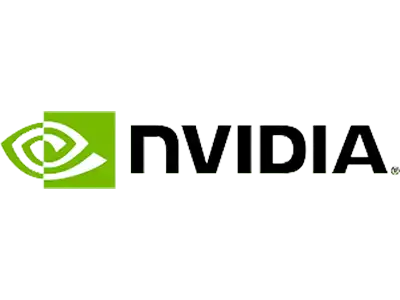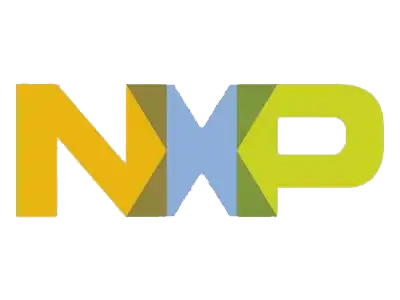Blogs - Internet Of Things
Leveraging IoT Analytics: From Edge to Business Insights
With the internet and wireless technology reaching to billions now, IoT has become ubiquitous. It
Hardware Design Challenges of the Embedded Internet of Things (IoT)
With the advent of the internet of things or IoT, there has been a massive
Digitizing Homes: Making Everyday Appliances Smarter with IoT and AI
While the earlier decade was all about data communication and internet proliferation, the economy of
How Edge Analytics Accelerates Cloud Computing
With the increasing applications and systems moving to the cloud, the amount of load and data generated on the cloud is also increasing, making it difficult to perform analytics and extract important insights. To deal with this challenge, enterprises are leveraging edge analytics. Read on to find how edge analytics accelerates cloud analytics.
Role of Microsoft Azure in Enabling Industrial Internet of Things
Today, the most complex problem for organizations is to pursue technical advancement in legacy systems
Implementing IoT and Connected Cloud Technologies in the Oil & Gas Industry
Today, oil and gas industry is rapidly adopting innovative and smart technologies like cloud and the internet of things. Deployment of these connected technologies results in greater safety of workers as well as resources, real-time monitoring of equipment, better field communication, reduced downtime, and automation of mining operations. Learn more about how implementing IoT and connected cloud technologies can transform the oil and gas industry.
A Quick Guide to Understanding IoT Application Messaging Protocols
IoT and connected devices use different communication and messaging protocols at different layers. While developing an IoT device, the selection of the protocol largely depends on the type, layer and function to be performed by the device. MQTT, XMPP, DDS, AMQP, and CoAP are a few of the widely used communication protocols for the IoT application layer. Let us understand each of them in detail.
5 Ways to Utilize Artificial Intelligence in Retail for Enhancing In-store Customer Experience
Providing an enhanced in-store experience with personalized recommendations, offers, and product support — as per age, gender, location, and behavior of customers is the next big thing in retail. Artificial intelligence is the most sought-after technology among retailers to achieve this objective. Here are five ways to deploy artificial intelligence solutions in retail for enhancing in-store customer experience.
Smart Devices and IoT Testing [Common Challenges]
Gartner says that by 2020, more than half of major new business processes and systems




